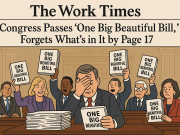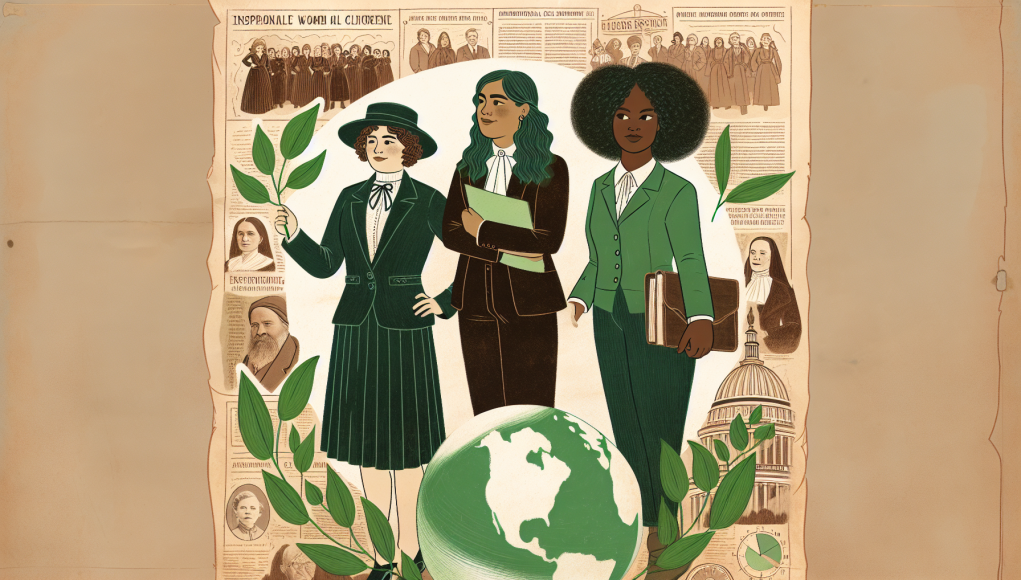Trailblazers of Change: Women Pioneering Climate Activism in the Professional Workforce
As we celebrate Women’s History Month, it is imperative that we honor and reflect on the tireless commitment and impactful achievements of women in the fight against climate change. The theme of work-life resonates deeply within this context, especially for apprentice professionals eager to carve a niche and drive meaningful change. Understanding the history of women’s activism in climate change not only empowers us but also guides our steps as we navigate our careers and contribute to a sustainable future.
The journey of integrating climate activism and professional life is not a new phenomenon. It has been fueled by a lineage of formidable women whose legacy endures within boardrooms, labs, and virtual spaces alike. In the early 20th century, female environmentalists like Rachel Carson, whose seminal work, ‘Silent Spring,’ sparked awareness and action against industrial pollution, laid the groundwork for combining scientific inquiry with activism.
Carson’s blend of professional diligence and passionate advocacy serves as a blueprint for the modern apprentice professional who seeks to bridge the realms of corporate duty and ecological responsibility. Her work illuminated the power of informed activism and cultivated a new wave of female leaders determined to intertwine their professional paths with environmental stewardship.
Fast forward to the 21st century, and we find the tradition continued by women from different walks of life. Within the corporate corridors, women like Christiana Figueres played pivotal roles in brokering monumental climate agreements, showcasing the art of negotiation and the impact of strategic leadership. Figueres’ role in the Paris Agreement stands as a testament to how determination and vision can transform global policy landscapes.
This history of activism reaches deeply into our work-life narrative, illustrating that the influence of women extends far beyond merely ‘balancing’ professional and activist roles. It invites us to actively interlace these layers within our careers, making sustainability an intrinsic part of our professional identity.
For apprentice professionals, understanding this history is crucial. It empowers us to approach challenges with a sense of purpose that aligns personal values with professional goals. Moreover, it inspires us to champion sustainability initiatives within our workspaces, leveraging our unique perspectives and fostering collaborative efforts that resonate with communal and global aspirations for a healthier planet.
Today, as we stand at the crossroads of innovation and climate urgency, we are called to action by the legacy of these pioneering women. Our work-life harmony is redefined by the understanding that climate activism is not a separate endeavor but an integral part of our professional journey. By carrying forward the torch lit by our predecessors, we ensure a future where our work is aligned with values that honor both people and planet.
In conclusion, the history of women’s activism in climate change is more than a chronicle of past achievements; it is a clarion call for apprentice professionals to integrate activism into our career trajectories. Let us honor this history by continuing to blaze trails, making conscious choices that resonate with our principles, and championing a world where our careers and our planet thrive in unity.






















